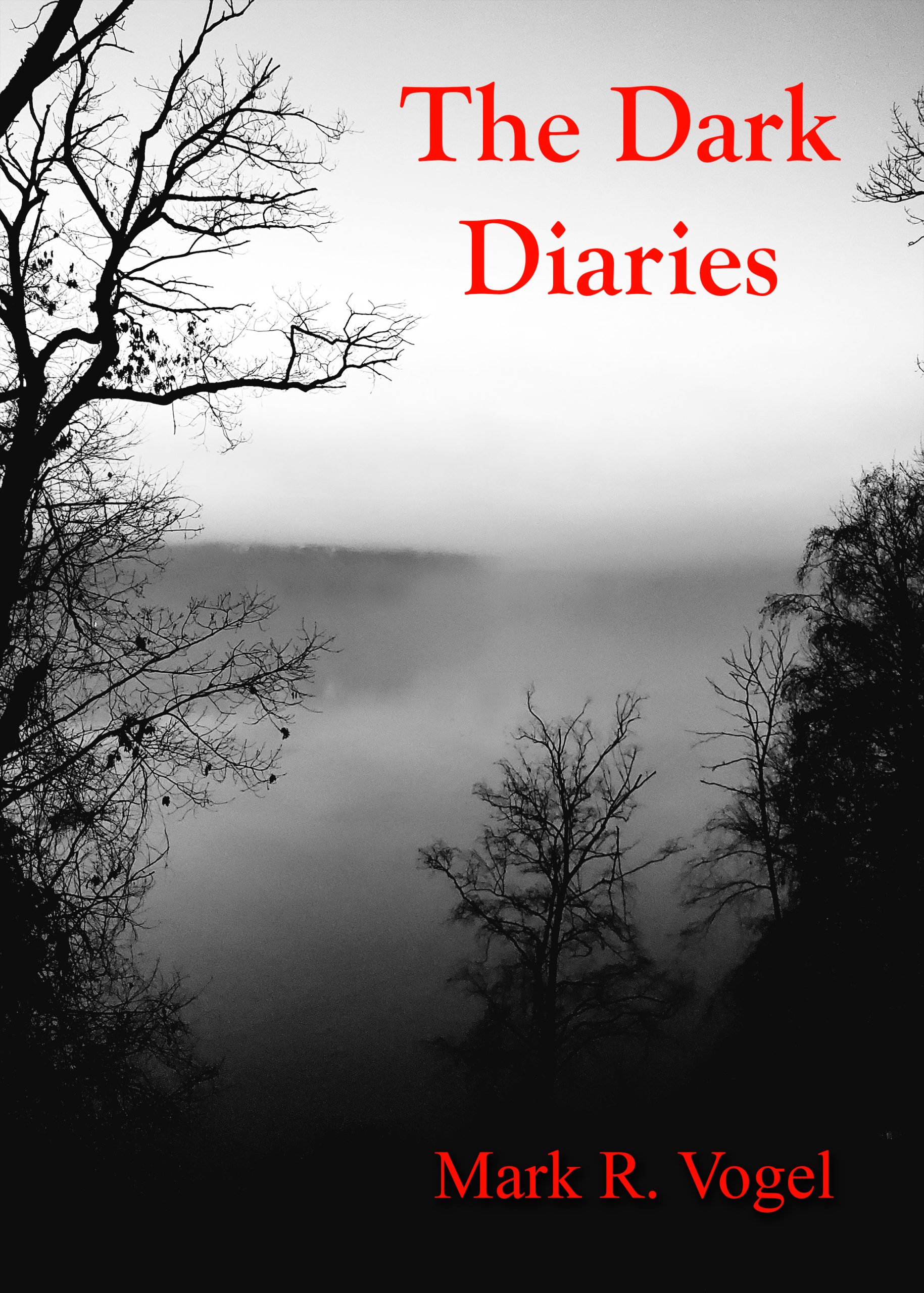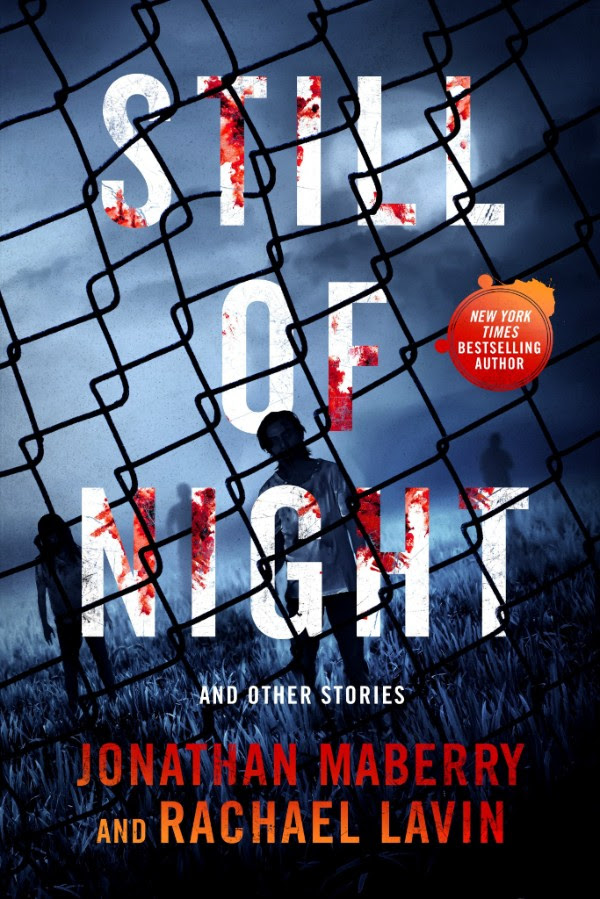Sinister, directed and co-written (along with C. Robert Cargill) by Scott Derrickson, is not exactly groundbreaking in terms of the horror genre; however, it definitely contains a few scenes that will haunt a viewer long after watching. Sinister begins like typical haunted house fare: a family, father Ellison (Ethan Hawke), mother Tracy (Juliet Rylance) and two children, Trevor and Ashley (played by Michael Hall D’Addario and Clare Foley respectively) move into a new home only to find that is haunted by something, well, sinister. And there is good reason for that–Ellison, a true crime writer, moves his family not just near the subject of his next book, but into the very house where the murders were committed. While in the house Ellison stumbles upon a box of super 8 films that showcase the work of what he believes to be an unknown serial killer. However, with the aid of “Deputy So and So” (James Ransome) as Ellison calls him, and Professor Jonas, a professor of the occult at a nearby university, Ellison figures out that the killings may just be due to an ancient pagan deity called Bakuul or Bagul (as some websites online have it spelt) pronounced like “Ba-ghoul” who consumes the souls of children to exist. While in my brief search, I could find no evidence of a deity that consumes the souls of children with that particular name, there does seem to be a similar deity with the name of “Baphomet.” Whether a fictionalized myth or based on a supposedly real entity, the idea of Bakuul is an intriguing one, as according to the lore of the film, the being supposedly lives within images making the idea of filming the murders all the more powerful. Furthermore, Ellison, on subsequent viewings, notices Bakuul hidden within frames of the film, causing the audience to wonder if Bakuul is really there, or if we are being invited to witness Ellison’s descent into madness.
The film ends in a way that may be satisfying for some viewers, but for others it may not be the ending for which they were looking. However, within the confines of the structure of the film and the myth surrounding the deity itself, there really was no other way it could have ended. That said, whether the ending turns off audiences or not, the logic of the ending cannot really be argued. And lastly, while I think the innocently worded “House Painting” may have been a more apt title for the film (a reference which I will not reveal here), I realize that a sweet-sounding title, like the film’s actual ending, may turn some people off and may not sell very many tickets because it does not sound very, well, sinister.
- The Conjuring – A Movie Review - August 6, 2013
- World War Z – Movie Review - June 28, 2013
- Your House is on Fire, Your Children All Gone - April 30, 2013
- The Forgotten Writings of Bram Stoker - October 21, 2012
- Movie Review: Sinister - October 21, 2012
- The Possession - September 11, 2012
- Movie Review: ABED - August 14, 2012
- Movie Review: The Pact - July 7, 2012
- Tim Burton’s Dark Shadows - June 3, 2012







